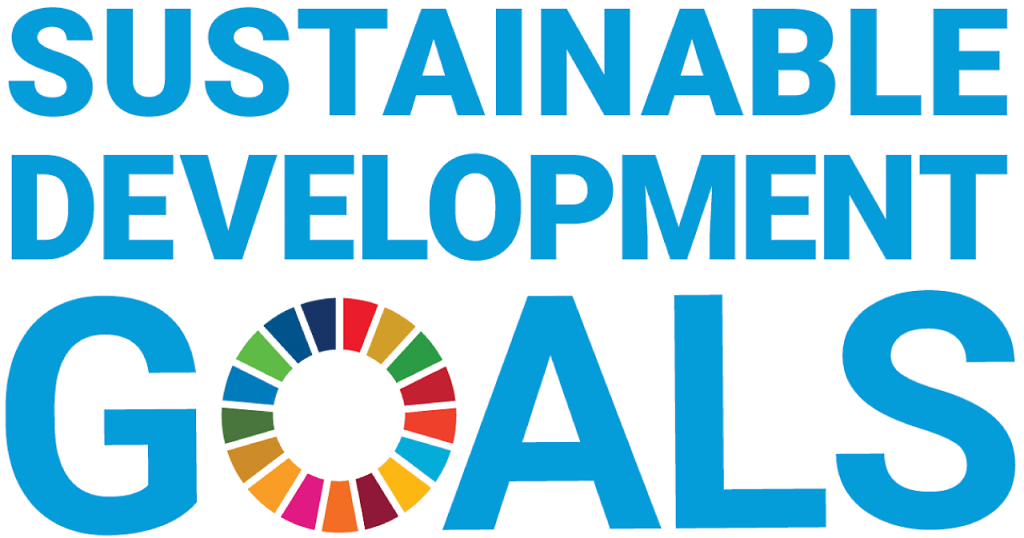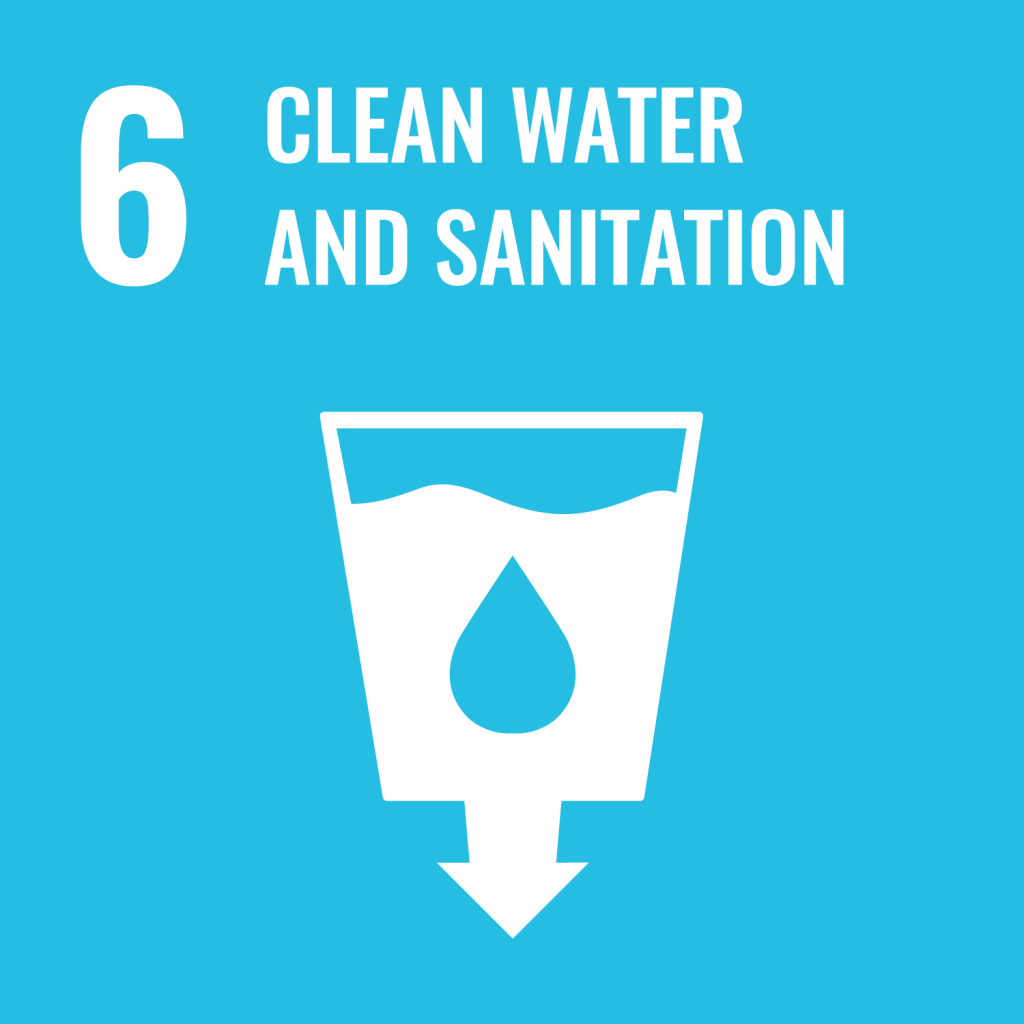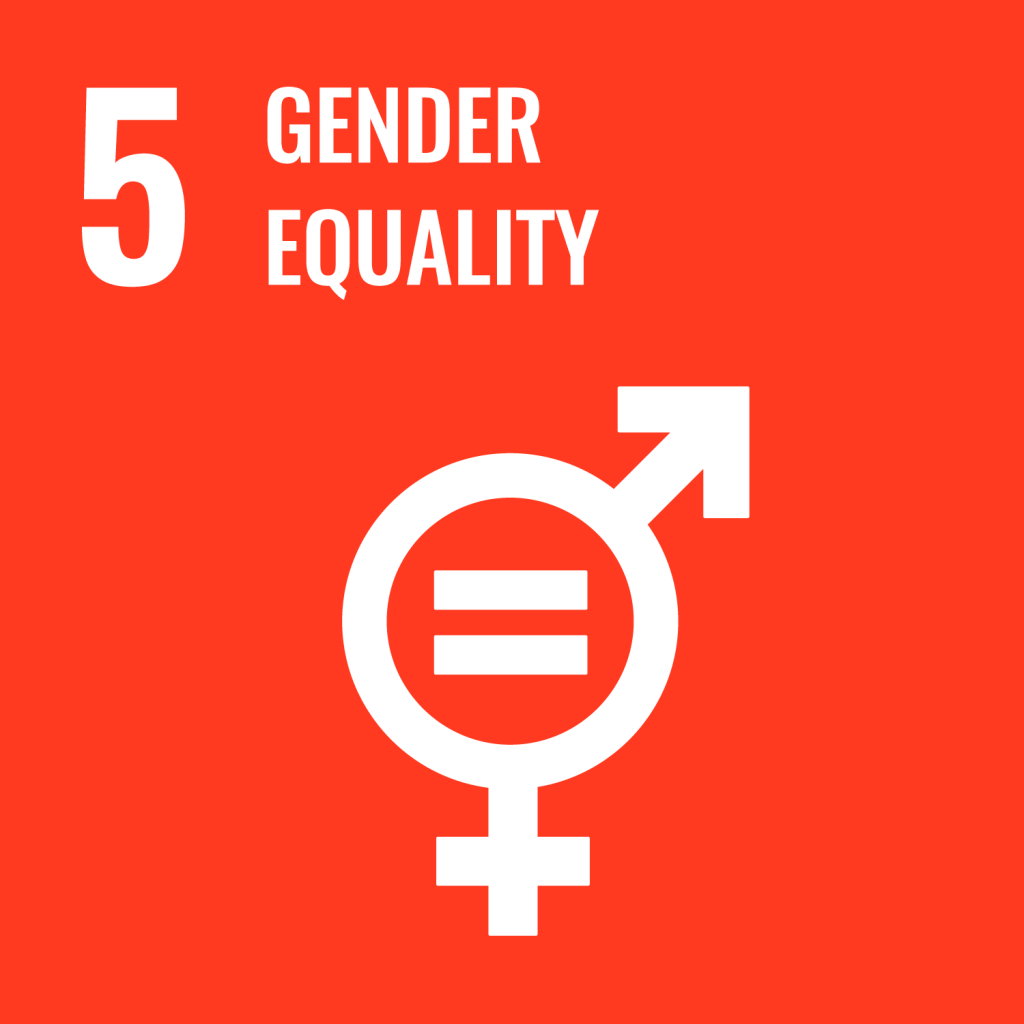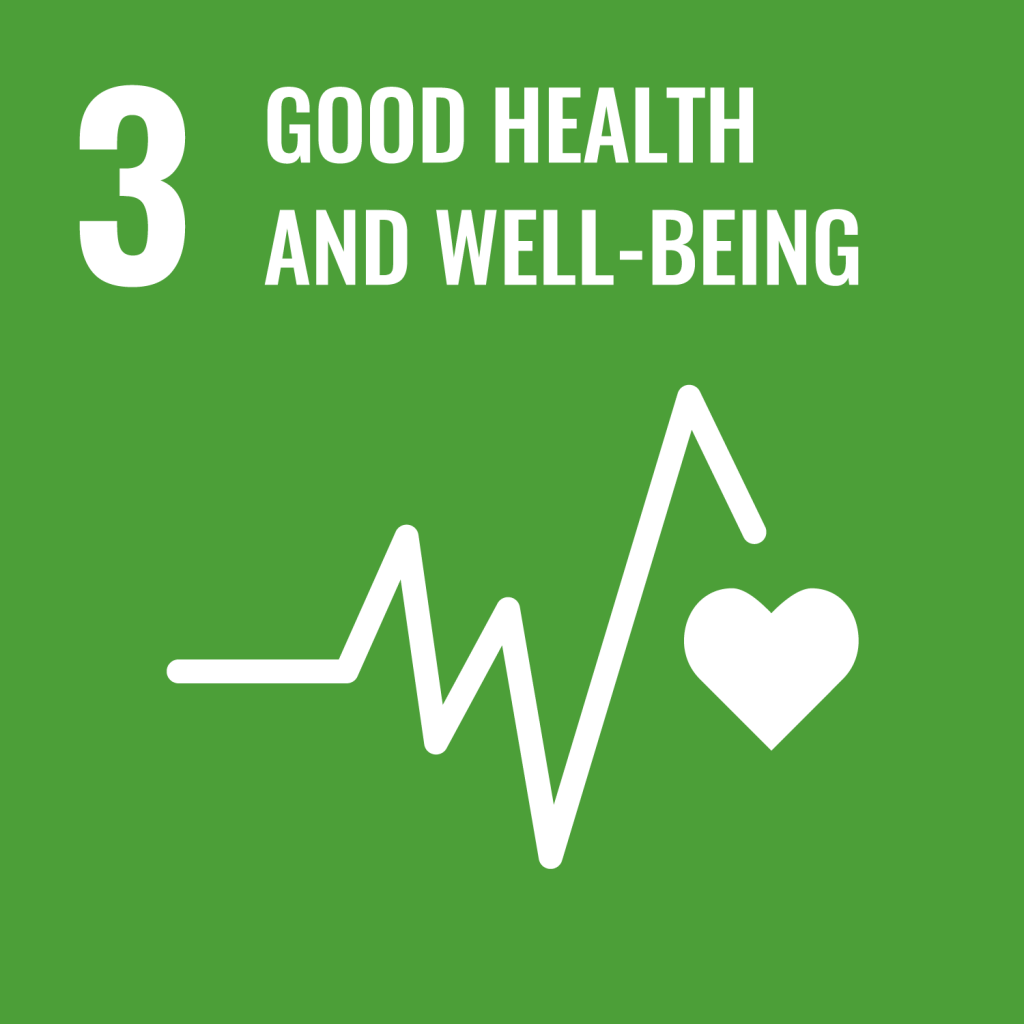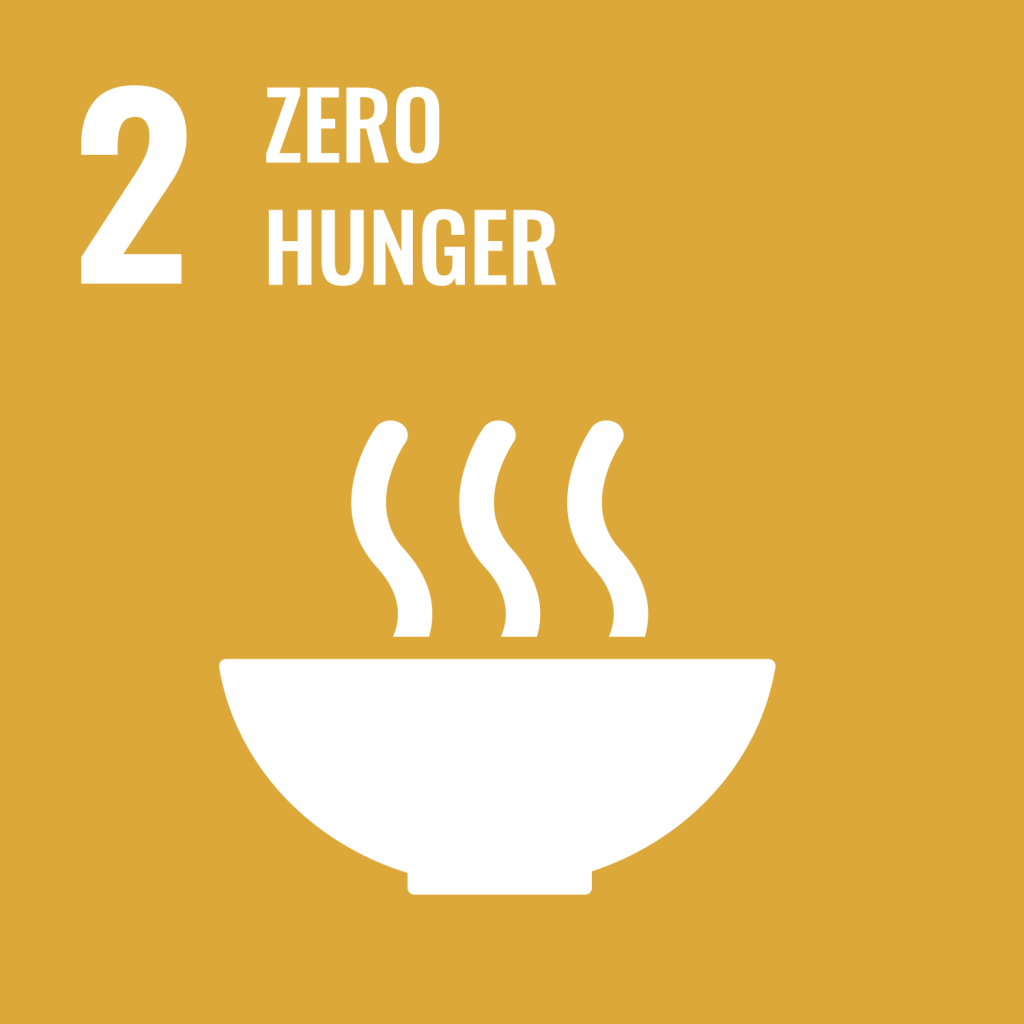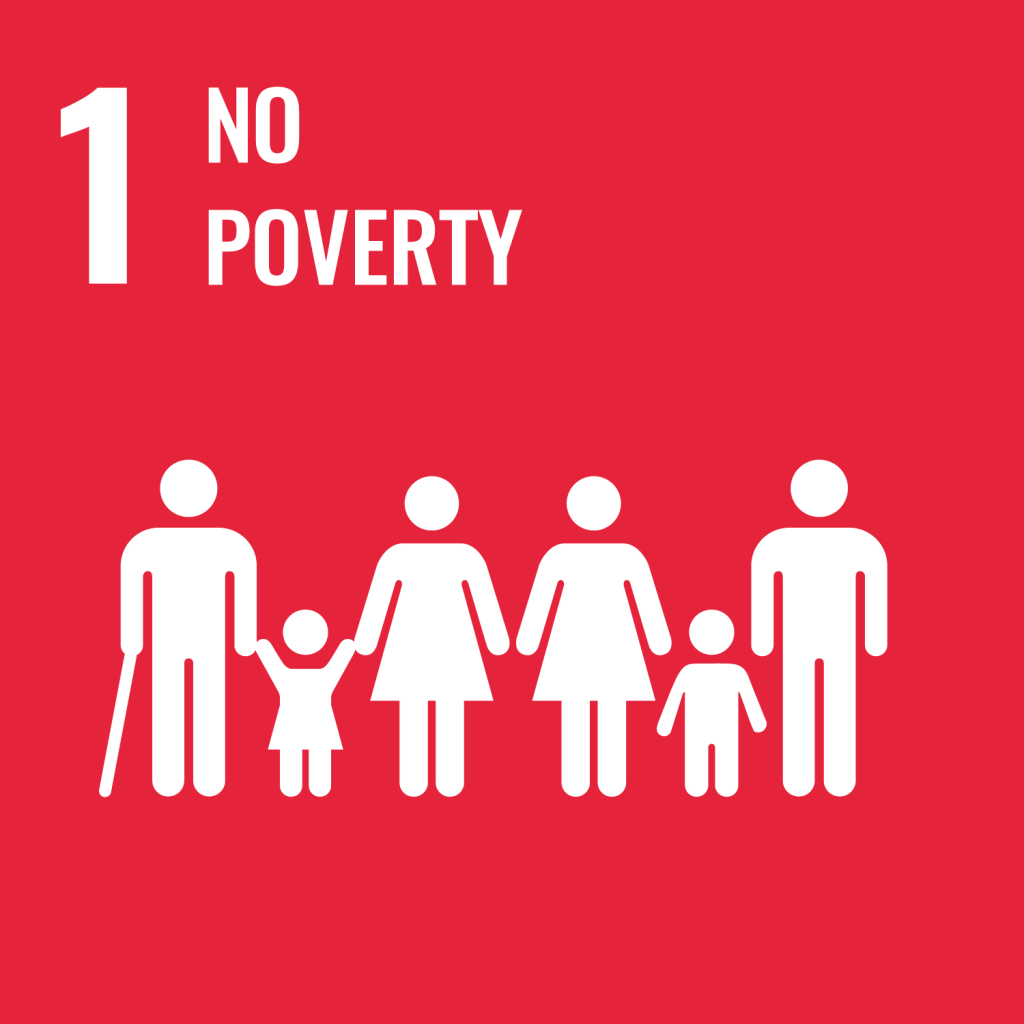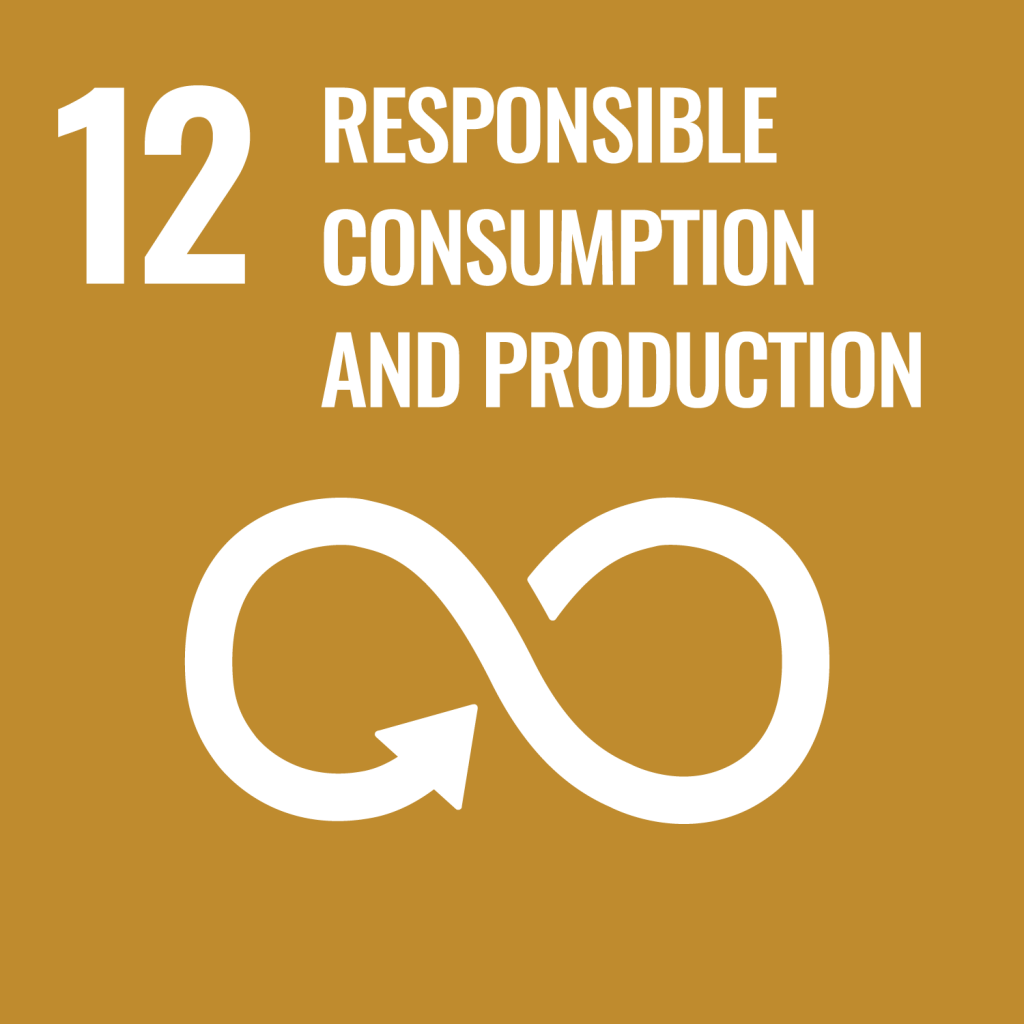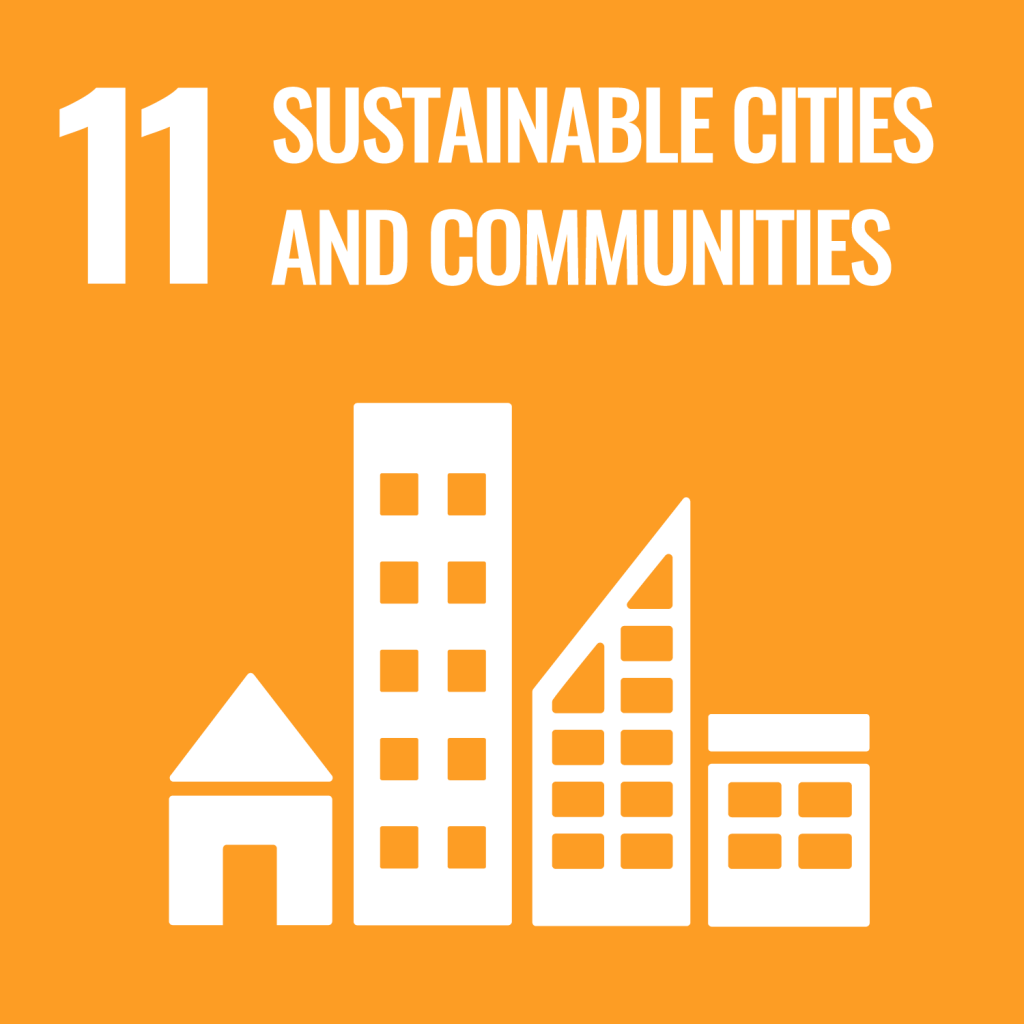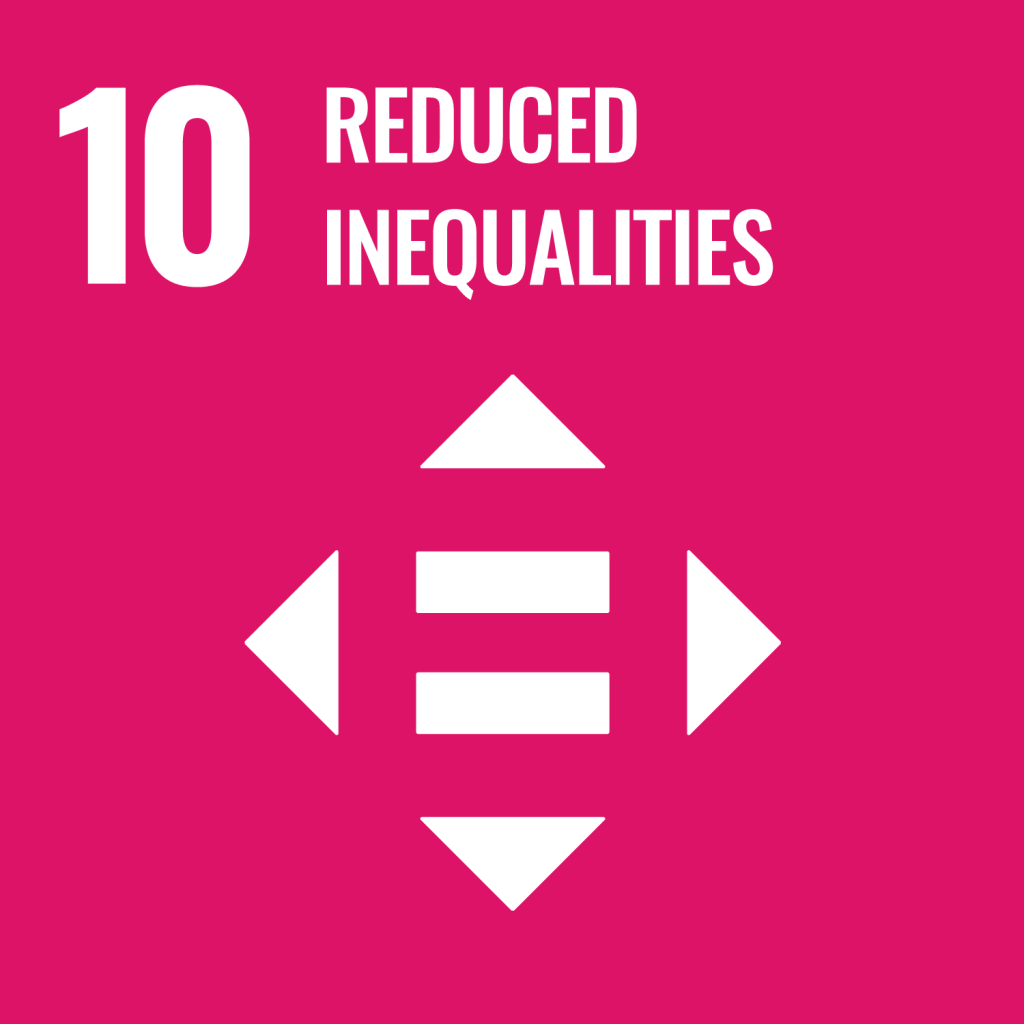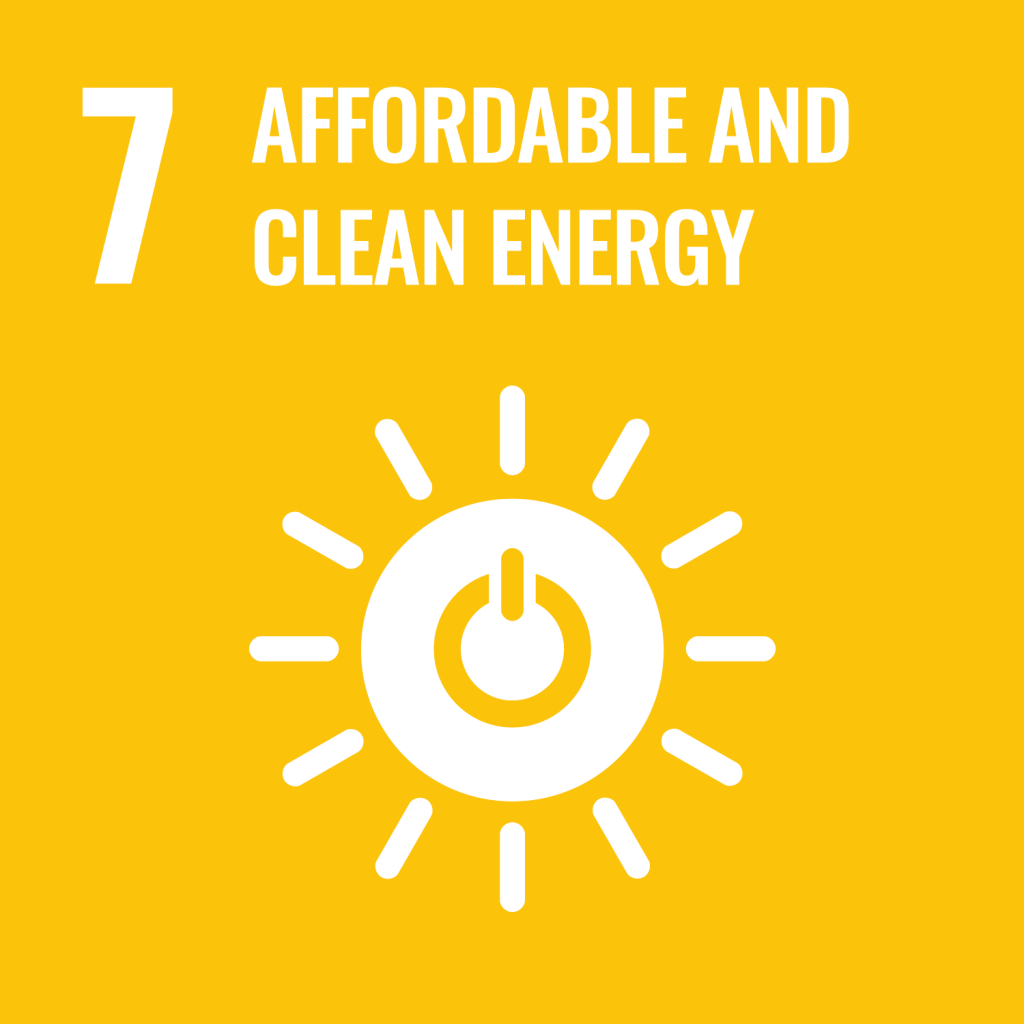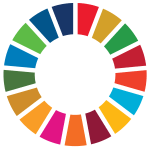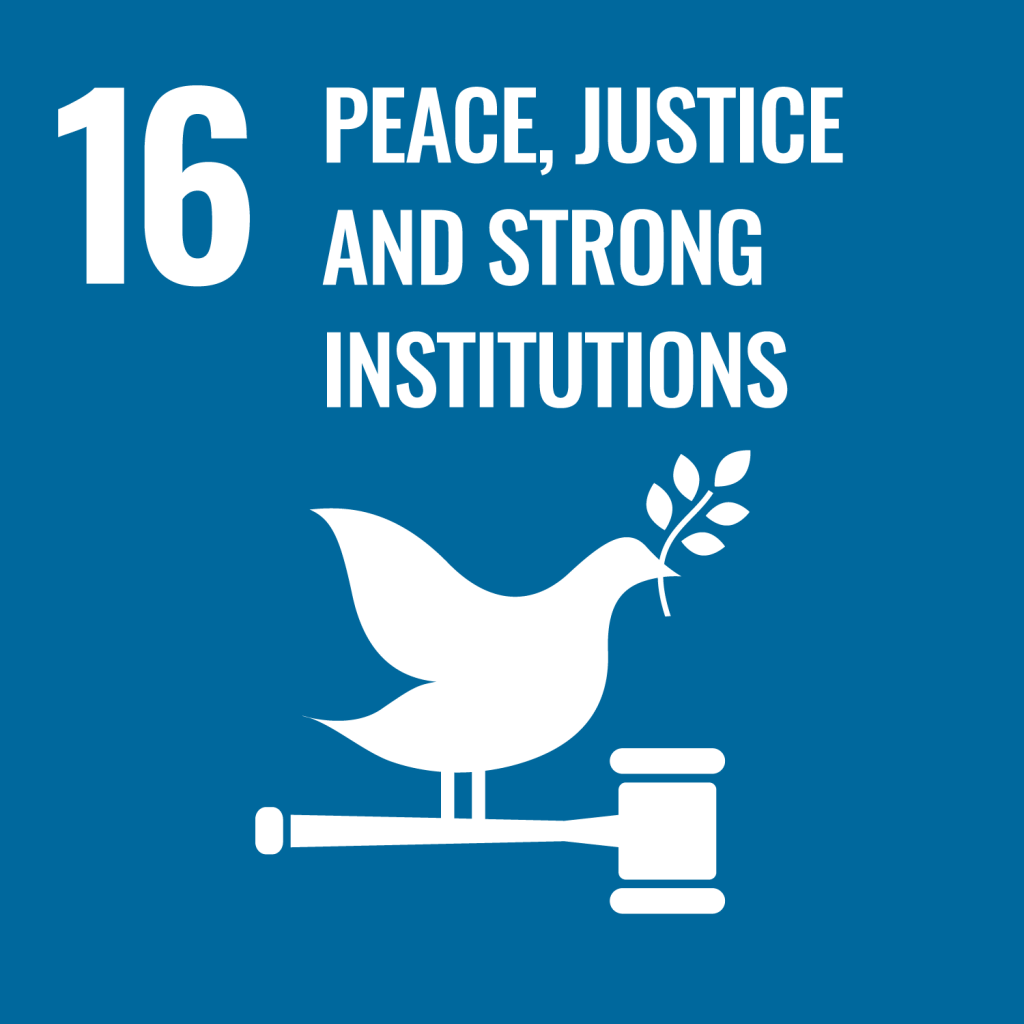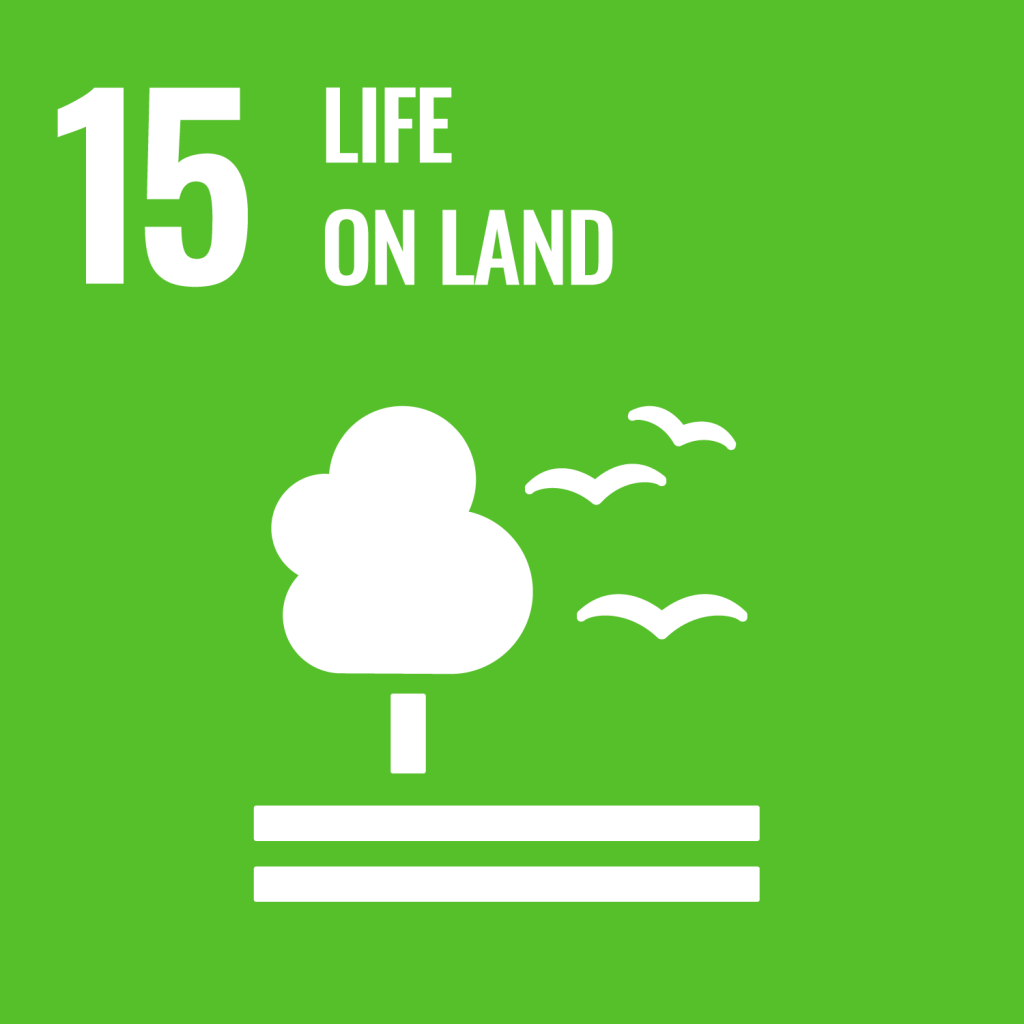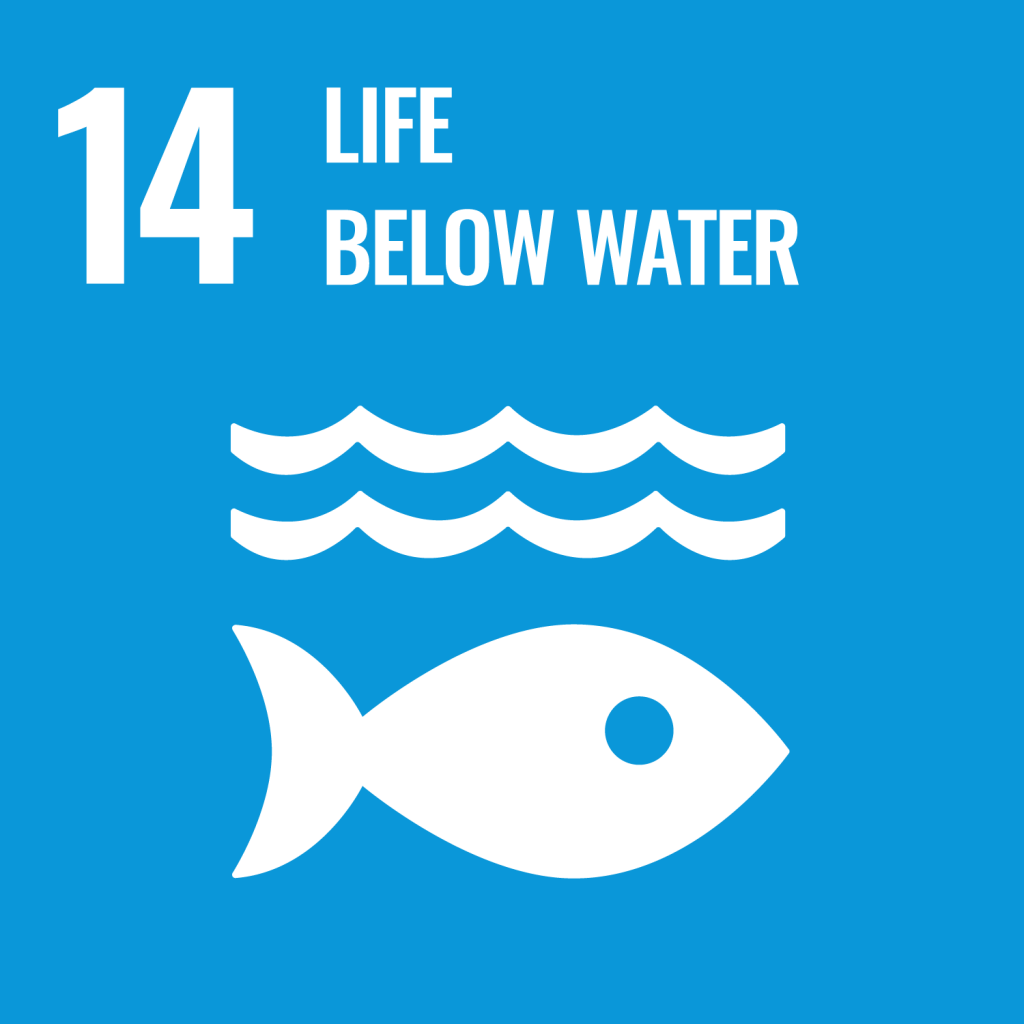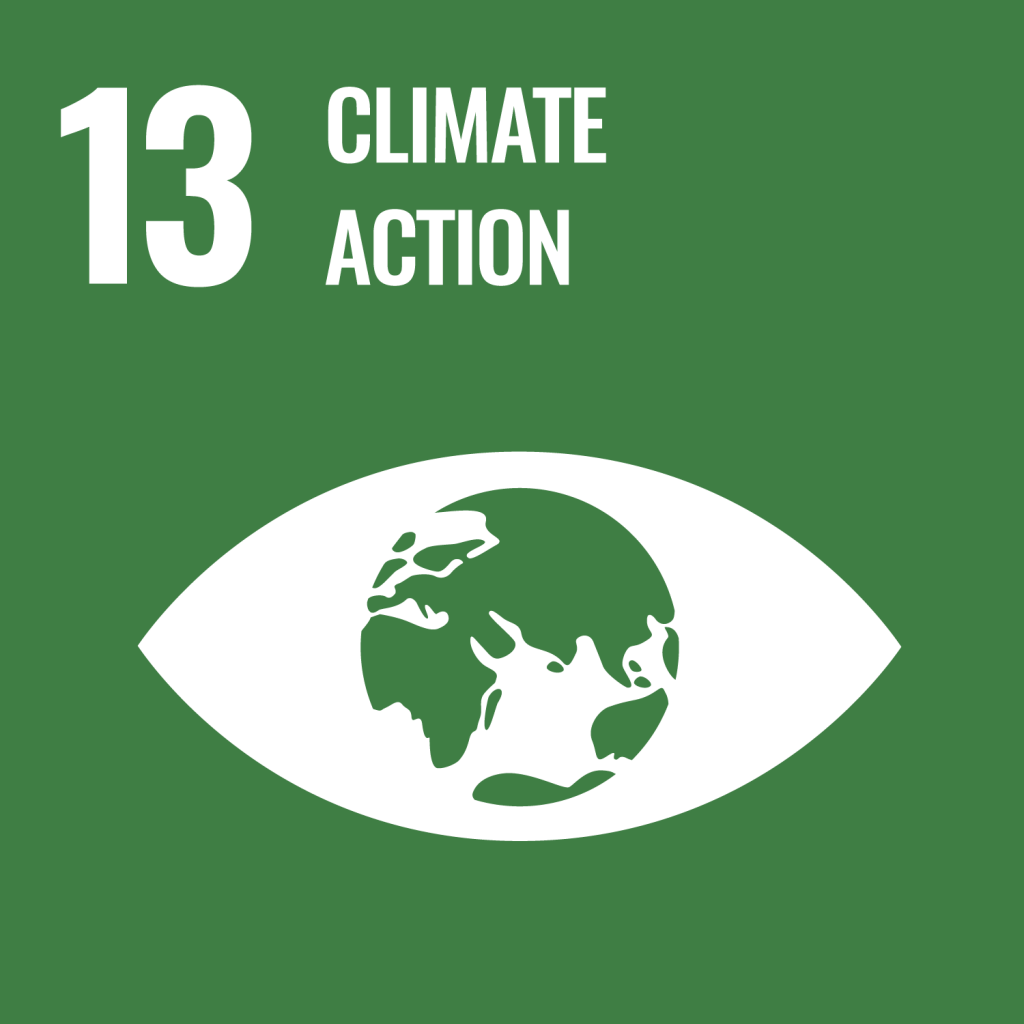The Extreme Heat Wave over Western North America in 2021: An Assessment by Means of Land Surface Temperature
מאת: Cotlier G.I., Jimenez J.C.
פורסם ב: Remote Sensing
תיאור: In our current global warming climate, the growth of record-breaking heat waves (HWs) is expected to increase in its frequency and intensity. Consequently, the considerably growing and agglomerated world’s urban population becomes more exposed to serious heat-related health risks. In this context, the study of Surface Urban Heat Island (SUHI) intensity during HWs is of substantial importance due to the potential vulnerability urbanized areas might have to HWs in comparison to their surrounding rural areas. This article discusses Land Surface Temperatures (LST) reached during the extreme HW over Western North America during the boreal summer of 2021 using Thermal InfraRed (TIR) imagery acquired from TIR Sensor (TIRS) (30 m spatial resolution) onboard Landsat-8 platform and Moderate Resolution Imaging Spectroradiometer (MODIS) (1 km spatial resolution) onboard Terra/Aqua platforms. We provide an early assessment of maximum LSTs reached over the affected areas, as well as impacts in terms of SUHI over the main cities and towns. MODIS series of LST from 2000 to 2021 over urbanized areas presented the highest recorded LST values in late June 2021, with maximum values around 50◦ C for some cities. High spatial resolution LSTs (Landsat-8) were used to map SUHI intensity as well as to assess the impact of SUHI on thermal comfort conditions at intraurban space by means of a thermal environmental quality indicator, the Urban Field Thermal Variance Index (UFTVI). The same high resolution LSTs were used to verify the existence of clusters and employ a Local Indicator of Spatial Association (LISA) to quantify its degree of strength. We identified the spatial distribution of heat patterns within the intraurban space as well as described its behavior across the thermal landscape by fitting a polynomial regression model. We also qualitatively analyze the relationship between both UFTVI and LST clusters with different land cover types. Findings indicate that average daytime SUHI intensity for the studied cities was typically within 1 to 5◦ C, with some exceptional values surpassing 7◦ C and 9◦ C. During night, the SUHI intensity was reduced to variations within 1–3◦ C, with a maximum value of +4◦ C. The extreme LSTs recorded indicate no significant influence of HW on SUHI intensity. SUHI intensity maps of the intraurban space evidence hotspots of much higher values located at densely built-up areas, while urban green spaces and dense vegetation show lower values. In the same manner, UTFVI has shown “no” SUHI for densely vegetated regions, water bodies, and low-dense built-up areas with intertwined dense vegetation, while the “strongest” SUHI was observed for non-vegetated dense built-up areas with low albedo material such as concrete and pavement. LST was evidenced as a good marker for assessing the influence of HWs on SUHI and recognizing potential thermal environmental consequences of SUHI intensity. This finding highlights that remote-sensing based LST is particularly suitable as an indicator in the analysis of SUHI intensity patterns during HWs at different spatial resolutions. LST used as an indicator for analyzing and detecting extreme temperature events and its consequences seems to be a promising means for rapid and accurate monitoring and mapping. © 2022 by the authors. Licensee MDPI, Basel, Switzerland.
SDGs : SDG 03 | יחידות: | מועד: 2022 | קישור

